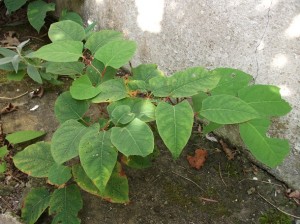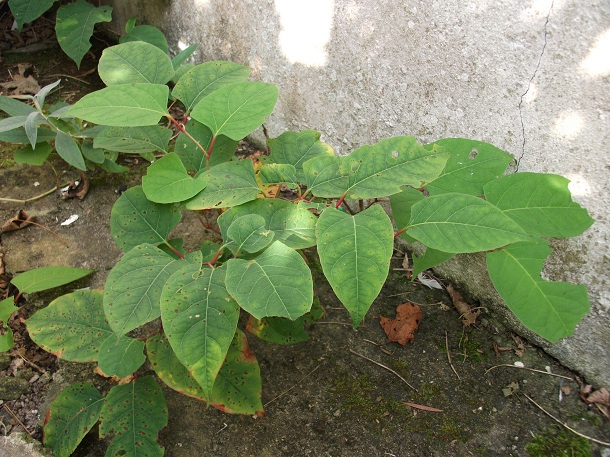 Commercial Property specialists at Colliers International have warned landlords, occupiers and developers against ignoring outbreaks of Japanese Knotweed on their premises.
Commercial Property specialists at Colliers International have warned landlords, occupiers and developers against ignoring outbreaks of Japanese Knotweed on their premises.
The problem plant – described by the Environment Agency as ‘undisputedly the UK’s most aggressive, destructive and invasive plant’ – can grow an astonishing three to four metres in just ten weeks and cause untold damage to buildings, pavements, boundary walls and drains and is difficult to control through normal maintenance procedures.
Bristol based Building Consultant Nick Williams said the problem was particularly prevalent in the South West of England and Wales.
He said: “For one thing the wet spring weather will enhance the growing conditions for the plant – which is both difficult and costly to remove once it has taken hold on site.”
Japanese Knotweed was introduced into the UK by the Victorians as an ornamental plant but has taken over roadside verges, riverbanks and derelict buildings driving out natural flora and fauna.
“We know of incidences where banks have acted with extreme caution and have been unwilling to lend money to developers and prospective purchases looking to take out a mortgage/banking arrangement.”
The Royal Institute of Chartered Surveyors has now produced an information paper ‘Japanese Knotweed and residential property’ in an attempt to educate lenders and property professionals on outbreaks of the plant, and how these can be dealt with.
Nick Williams went on: “It is not just a problem for the residential sector as the plant can play havoc in and around commercial buildings, especially if they have been left vacant and unattended for some time.
“We have worked closely with landlords bringing in properly licensed contractors to remove it. Any habitable space within a seven metre ‘Control Zone of an outcrop is deemed high risk and Japanese Knotweed can grow that distance in a matter of months.”
As well as being difficult to eradicate, precautions must be taken to ensure the plant doesn’t spread to neighbouring properties and must be disposed of properly.
“Sending a lorry load of infested soil off the site without checking that contractors are properly licensed to dispose of it could see a developer or landlord in breach of the Environmental Protection Act 1990.
“All this means typical removal costs can in a very short period escalate to several thousands of pounds to treat, either through spraying or wholesale excavation.
“With the growing season upon us landlords, occupiers and developers need to act now if they want to avoid a costly problem down the line.”





















